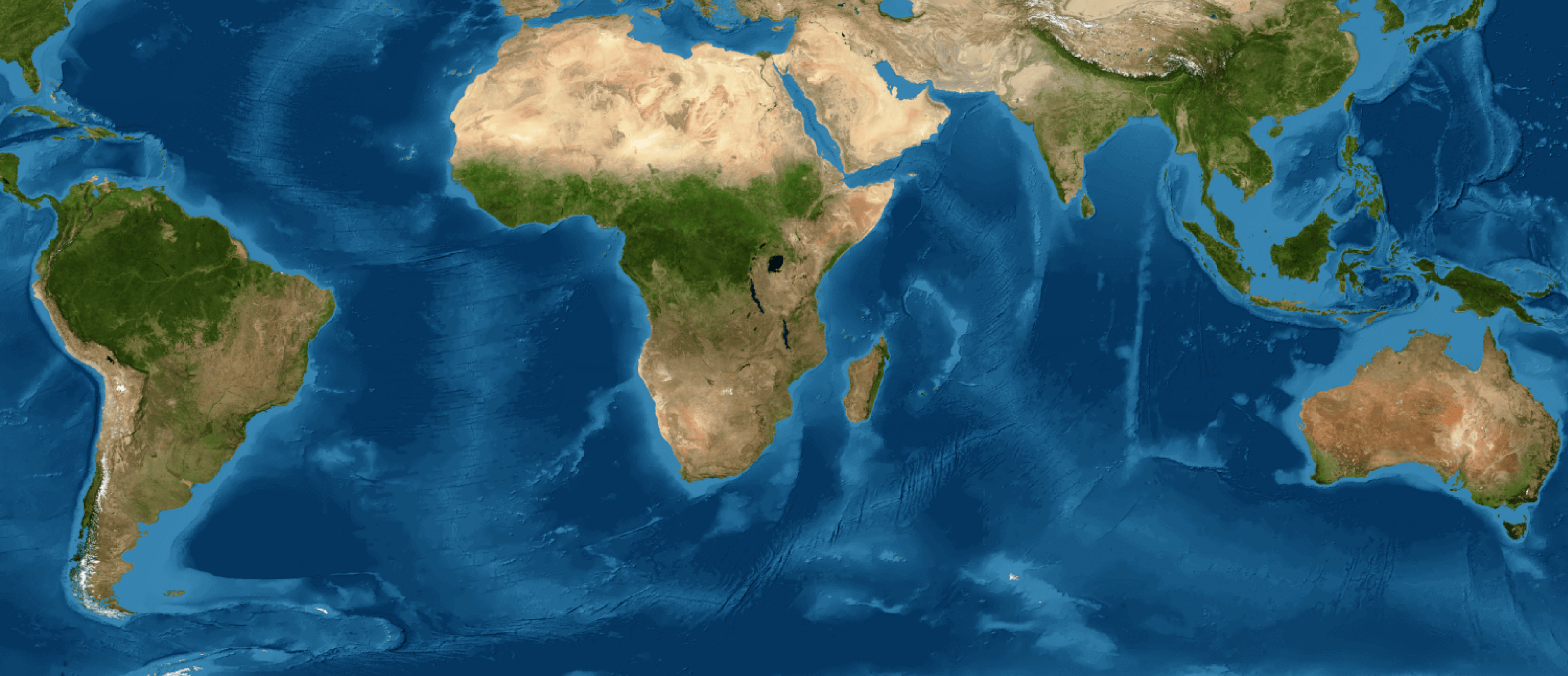MAPBIOMAS CHILE
MapBiomas Chile is an initiative that brings together experts in satellite remote sensing, geographic information systems, and programming from NGOs, universities, and research centers, who work collaboratively to generate and share, publicly and free of charge, accurate and up-to-date information on the transformation of Chilean territory
The Second Collection of Annual Land Cover and Land Use Maps of Chile (1999–2024) was presented on October 13, 2025, during the event “MapBiomas Chile: Revealing the dynamics of a changing landscape.” This unprecedented product is a joint creation of the GEP Laboratory (University of Chile), the LEP Laboratory (University of Concepción), and the LEPCON Laboratory (University of La Frontera).
LANZAMIENTO DE MAPBIOMAS CHILE– COLECCIÓN 2
En breve.
1er LANZAMIENTO DE MAPBIOMAS CHILE– COLECCIÓN 1
ABOUT THE CHILEAN MAPBIOMAS PLATFORM
The MapBiomas Chile platform is a tool that allows anyone with Internet access to visualize and consult the changes in land cover and use of the Chilean territory, as well as the pressures on natural ecosystems. The information generated covers all the states of the country, allowing the 17 classes of the legend to be quantified, which include areas of forests, shrublands, grasslands, agricultural uses, urban areas and bodies of water, among others. The information is free and available for download.
The platform allows you to explore the collection of annual maps, which cover the period between 1999 and 2024, and identify changes in land coverage and use at the national, regional, provincial or communal level and in a given period (year, five-year period, decades, etc.). The tool also shows statistics in dynamic tables and graphs, with the changes in use during the period that the user requires, allowing the understanding of the dynamics of changes, which can be consulted in different spatial units, not only to the political-administrative division, but also units from the National System of Protected Wild Areas, hydrographic basins and eco-regions.

